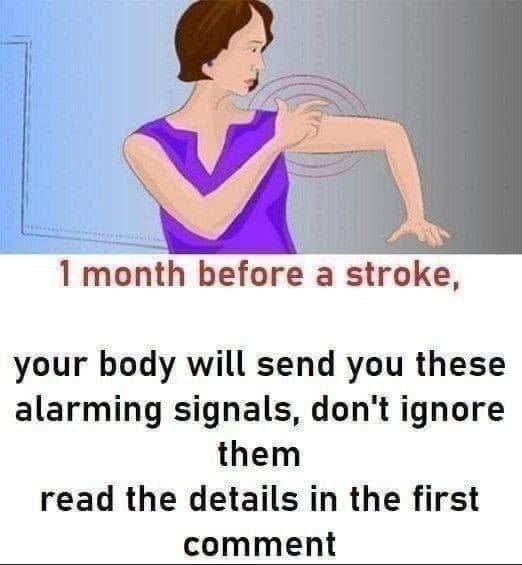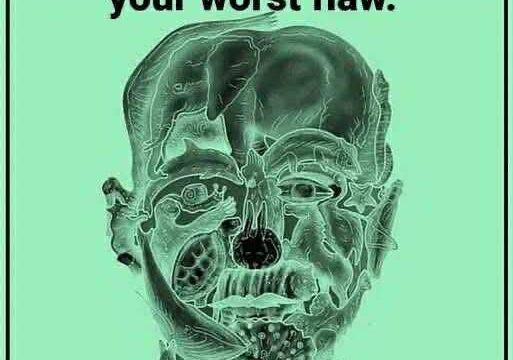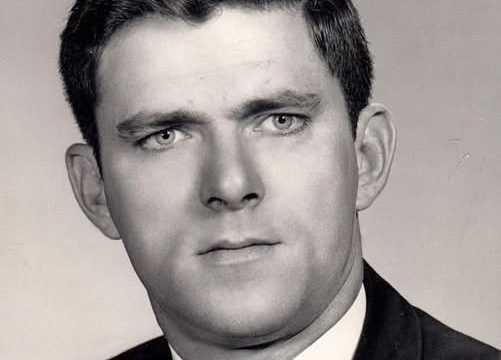In the United States, stroke is the fifth leading cause of death and remains one of the primary reasons adults suffer from long-term disabilities. Although strokes can happen to anyone, regardless of age, women face a particularly heightened risk. According to the American Stroke Association, stroke ranks as the third leading cause of death among women, with one in five expected to experience a stroke during their lifetime.

These facts highlight the urgent need for greater awareness about prevention and, more importantly, early recognition of the symptoms. Often called a “brain attack,” a stroke occurs when the brain’s blood supply is interrupted. There are two major types of strokes. The first and most common type is an ischemic stroke, which occurs when a blood clot or other obstruction blocks blood flow to a portion of the brain. The second type, known as a hemorrhagic stroke, happens when a blood vessel in the brain bursts. This often results from an aneurysm or an arteriovenous malformation—an abnormal cluster of blood vessels prone to rupturing. Regardless of the type, when oxygen-rich blood cannot reach parts of the brain, cells begin to die quickly. The results can be catastrophic, often causing permanent brain damage, severe disability, or even death. This is why it’s critical to recognize stroke warning signs and act immediately. Knowing the symptoms can save lives, but recognition alone isn’t enough—you must act fast by calling 911 so emergency medical professionals can provide immediate care.
The Centers for Disease Control and Prevention (CDC) outlines five sudden warning signs that signal someone might be having a stroke. Spotting these signs early can make a major difference. The first sign is sudden numbness or weakness in the face, arm, or leg—typically on just one side of the body. The second is sudden confusion, which can manifest as trouble speaking or understanding what others are saying. Third, a person experiencing a stroke may suddenly have difficulty seeing out of one or both eyes. Fourth, they might experience dizziness, a loss of balance, difficulty walking, or sudden poor coordination.
And finally, a sudden and severe headache with no known cause can also signal a stroke. If you or anyone around you exhibits one or more of these symptoms, it’s vital to treat the situation as an emergency. Don’t wait or second-guess—call 911 immediately. Acting fast can dramatically reduce the damage caused by a stroke. In fact, experts stress that every minute counts. During an ischemic stroke, nearly 1.9 million brain cells die every minute that passes without treatment. The faster a stroke victim receives medical intervention, the better their chances for survival and recovery.
To help the public recognize and respond to strokes quickly, health professionals rely on the F.A.S.T. acronym. It’s an easy and effective tool that can make all the difference in an emergency. “F” stands for face drooping. Ask the person to smile—does one side of their face droop or look uneven? “A” stands for arm weakness. Ask the person to raise both arms—does one drift downward or feel weak or numb? “S” stands for speech difficulty. Ask them to repeat a simple sentence—does their speech sound slurred, garbled, or strange? Finally, “T” means it’s time to call 911 immediately. Never try to drive the person to the hospital yourself. Emergency medical responders can begin life-saving treatment on the way to the hospital, which can significantly improve survival and minimize long-term damage. Early medical care has been shown to improve outcomes and reduce the likelihood of permanent disability.
First responders are trained to provide advanced care the moment they arrive. By starting treatment before the patient reaches the hospital, they can preserve more brain function and increase the chances of a positive outcome. Since strokes are so time-sensitive, every second counts. The window to effectively treat a stroke is narrow, and delaying treatment by even a few minutes can have life-altering consequences. While anyone can suffer a stroke, some people face greater risk. As people age, the likelihood of experiencing a stroke increases, but strokes are not limited to older adults. According to the CDC, one in seven strokes happens in individuals between the ages of 15 and 49. Even young adults and teenagers are not immune. Gender plays a role as well. Women have a higher risk of stroke and are more likely to face severe outcomes compared to men.
Certain risk factors, like age, gender, and family history, are beyond your control. However, many stroke risks can be managed with lifestyle changes and medical interventions. Smoking, obesity, lack of physical activity, high blood pressure, and diabetes are among the most common contributors to stroke risk. By addressing these issues—quitting smoking, maintaining a healthy weight, exercising regularly, managing chronic conditions like hypertension and diabetes—individuals can significantly lower their chances of having a stroke. Understanding your personal risk factors is the first step toward prevention. Routine checkups with your healthcare provider can help you stay on top of your health. Monitoring your blood pressure, cholesterol, and blood sugar levels can give you valuable insights into your stroke risk. Taking proactive steps today can protect your brain health in the long run.
In conclusion, strokes are a major health concern that require immediate attention. By learning to recognize the warning signs, acting quickly, and managing your risk factors, you can help protect yourself and those you care about. Remember, when it comes to strokes, time lost is brain lost. The faster you act, the better the chances for recovery—and that quick response could save a life, including your own.





